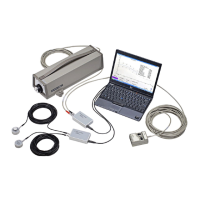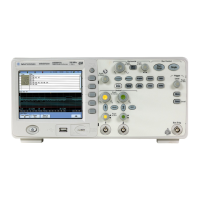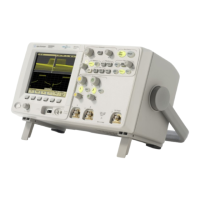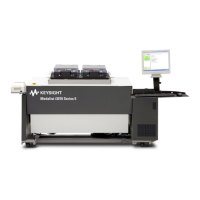Chapter 8 Ensuring Repeatability, Accuracy, and Resolution
Ensuring Accuracy
Getting Started Guide 8-9
8
Correcting errors that affect angular measurements
The accuracy of your angular measurement can be reduced by even a
slight change in the distance between the retroreflectors. This distance
changes if the temperature of the angular reflector’s housing changes
during the measurement. To minimize this error, follow these guidelines:
• Avoid excessive handling of the angular reflector.
• Avoid moving the angular reflector over heated or cooled surfaces.
• Avoid having heated or cooled air moving past the angular reflector.
Correcting errors that affect straightness, squareness,
and parallelism measurements
The accuracy of your straightness measurement can be reduced by the
following factors:
• the accuracy of the straightness reflector mirrors
• misalignment (slope) between the machine travel and the laser
measurement axis
• environmental factors
Ensuring the accuracy of straightness reflector mirrors
The accuracy of the straightness measurement depends on the two plane
mirrors in the straightness reflector having the same flatness. If one
mirror is convex or concave, the system will misinterpret this as an out-of-
straightness condition.
To minimize the effect of the mirrors along the horizontal axis, follow
these steps:
1 Rotate the straightness reflector 180 degrees and make a second set of
measurements.
2 Average the data collected for each point.
See the Agilent 5530 Dynamic Calibrator Measurements Reference Guide
for more information.

